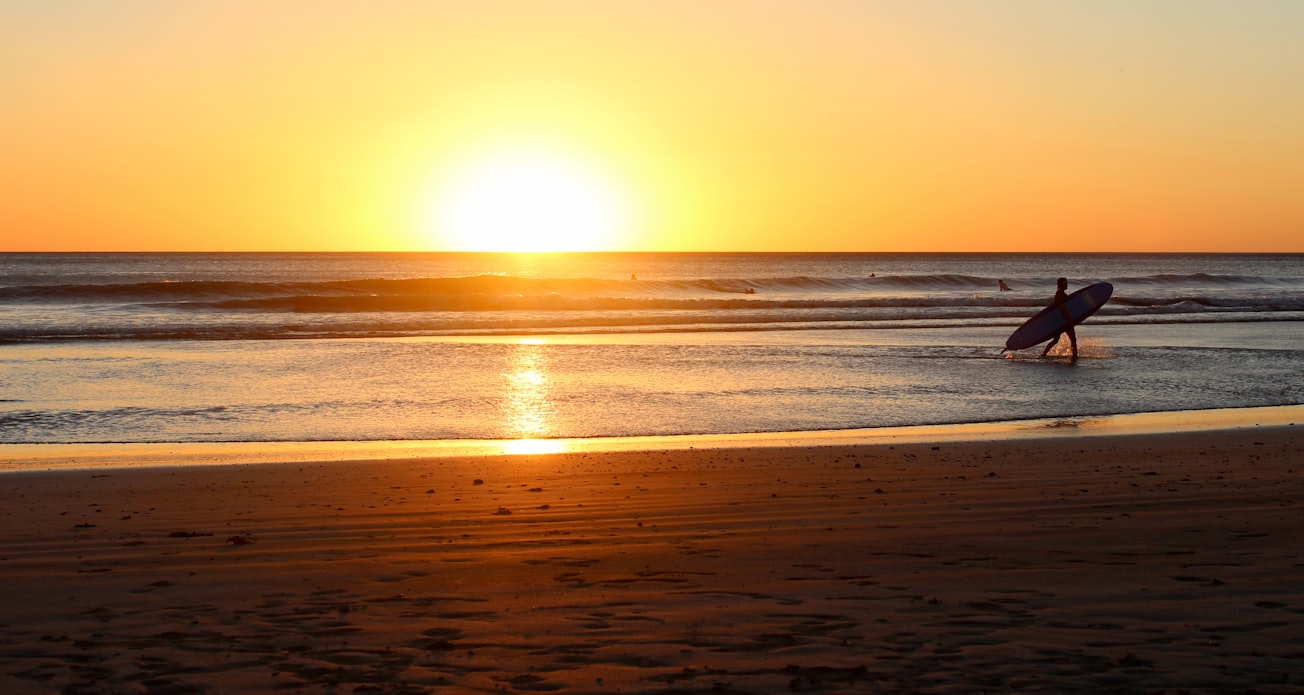What is it about?
This article is about the inception and proliferation of surf tourism on Nicaragua's Emerald Coast. It weaves together data from the Nicaraguan Institute of Tourism (INTUR), online mainstream media sources, and surfing magazines, to tell the story of the development of the Emerald Coast, a historically overlooked periphery in southwestern Nicaragua that evolved into one of the country’s most high-profile and sought-after tourism destinations.
Featured Image

Photo by Paul Biondi on Unsplash
Why is it important?
It helps to contextualize this phenomenon by highlighting the historical conditions that fostered an environment conducive to the development of a surf tourism industry in southwestern Nicaragua, starting in the late 1990s.
Perspectives
My argument is that it is impossible to effectively explain the development of the Emerald Coast without first understanding the role surfing played in this phenomenon. This also serves to contextualize these foreign surfers as part of another wave of transnational engagement with Nicaragua, a country that has long been impacted by foreign actors from the United States and Europe. The convergence of opportunity – cultural, economic, and political forces – and environment facilitated the rise of Nicaragua’s surf tourism industry, which in turn engendered subsequent forms of leisure tourism. Over the course of three decades, this new industry shifted the economic focus of Nicaragua, as tourism became the leading contributor, in terms of revenue, to Nicaragua’s overall Gross Domestic Product (GDP). This article places foreign surfers at the center of this phenomenon by telling the story of the development and evolution of the Emerald Coast through the lens of surfing.
Jason R. Old
University of South Florida
Read the Original
This page is a summary of: Transnational Surfistas and the Development of Nicaragua’s Emerald Coast, The International Journal of the History of Sport, September 2021, Taylor & Francis,
DOI: 10.1080/09523367.2021.1971975.
You can read the full text:
Contributors
The following have contributed to this page










